Disclosure: This article may contain affiliate links. If you decide to make a purchase, I may make a small commission at no extra cost to you.
The skin is one of the body’s most important organs and also the largest. It protects your body from pathogens, toxins, injury, and other things which would certainly kill you if you didn’t have this barrier between what makes up your body and the outside world. We can use beta-glucan by taking it orally or by applying to the skin to prevent skin aging and enhance our skin’s immunity and healing capacity.
Did you have oatmeal today?
If you did, you have consumed a certain type of beta-glucan which has been shown to lower cholesterol, boost immunity and lower blood glucose. These beta glucans have also been found to have a number of positive and beneficial effects on the skin.
What Are Beta Glucans?
Beta-glucans have been studied for decades because of their remarkable and beneficial effects on human health. Most people who get beta-glucan are most likely to be getting it from oats. It’s found in the cell-wall of cereals like oat and barley and can be found in other food sources in smaller amounts.
Beta-glucans can also be found in bacteria and fungi, but these have different properties than oat beta glucans. If you don’t want to learn about the structure of beta-glucans, you can skip this part and scroll down to get to the most important part: how beta-glucan benefits your skin.
They typically consist of glucose polymers with a backbone of 1-3 beta-glycosidic bonds and different variation of side chains. Oat beta-glucans having (1-4)-d-glucopyranose units, which are separated every 2-3 units by single beta glucan (1-3) glucose units.
Beta-glucans derived from yeast and fungi typically have a (1,3) β-backbone with a small number of (1,6) β-linked side chains.
Oat beta-glucans are more well-known for their effects on lowering glucose and cholesterol. Beta-glucans derived from yeast and mushrooms tend to be more effective in modulating the immune system.
Each type of beta-glucan can have amazing and diverse physiological effects on the human body with some overlapping beneficial effects. Ideally, one would want to include both them in their diet and supplement regimen.
What benefits do beta glucans provide for skin health?
As already mentioned, beta-glucans significantly improve the immune system and its response to pathogens. However, because it’s an immunomodulating agent, beta-glucan can reduce the response of the immune system to allergens and protect from skin allergies.
By using beta-glucan on the skin, you are able to also improve the skins innate capacity to deal with an onslaught of pathogens in an effective and timely manner, so that a better environment within the skin maintained for better self-renewal and repair.
Stimulating immune cells like macrophages and other cells can also help remodel the skin to prevent permanent scarring and degradation of the structure and moisture balance of the skin.
And finally, beta-glucans have been found to boost collagen synthesis, which results in fewer signs of aging like fine lines and crows feet.
In summary, beta-glucan can improve the skin in a few ways
- Improves immunity and barrier function of the skin to keep out harmful pathogens.
- Modulates the immune system so it does not overreact to harmless substances.
- Improves the clearance of toxins, debris, and scar tissue, and improves the skin’s ability to regenerate.
- Accelerates the healing of infections and burns.
- Protects and reverses some of the effects of sun damage.
- Increases the skin’s resistance against chemicals which may harm the skin.
Now that you know the key benefits of beta-glucans on skin health, you might be interested in learning about some of the research which has been done over the last few years. So, let’s take a look at some of the evidence behind these claims!
The evidence behind beta-glucan in dermatology
Beta Glucan for skin aging
Oat beta-glucan, due to its structure, had been identified as a candidate to treat skin conditions, including fine lines and wrinkling.
In 2005 a paper was published which demonstrated that beta-glucan (0.5%) in a solution at a dose of 5 mg per cm2 was able to penetrate into both the epidermis (outer layer) and dermis (inner layer) of the skin.
In the study, they looked at the effects of oat beta-glucan on signs of aging, such as fine lines and wrinkles, and also looked to observe if there were any improvements in a short period of just 8 weeks. Remarkably, even though treatment was short, there was a significant reduction in wrinkle depth, height, and overall roughness of the skin. [1]
In another study, researchers looked at the effect of Saccharomyces cerevisiae extract (SCE) which is an ingredient used in some skin care formulations to improve skin texture and wrinkling.
Volunteers applied the cosmetic formulation to their skin and were asked if they had noticed any improvements. Skin patch testing was also performed. Only patients receiving (SCE) noticed improvements in skin texture, skin brightness, and skin microrelief.
It was observed that the structure of the skin from these subjects had improved significantly. The conclusion of the study what that SCE could be useful in preventing fine lines and skin wrinkling [2].
Beta Glucan for treating burns
We all develop cuts and bumps, and normally the skin heals pretty nicely. However, burns can sometimes be quite serious, so it’s important to manage them correctly for optimal healing and for the patient to have a good cosmetic outcome.
Beta-glucans, due to their immune system modulating effects, may be useful in the treatment of burns according to one study performed in children. In 1997, doctors used a beta-glucan collagen treatment for partial thickness burns. There were different types of injury: scald (61%), flame (37%) and contact (2%). The average age of the patient was just 5.5 years with an average surface area burn of 9.3%.
Beta-glucan helped to significantly reduce the need for dressing changes and also improved the ability of patients to have their therapy an then return to their normal daily activities much sooner than would be normal without this type of dressing containing beta-glucan [3].
In animal studies, beta-glucans (ingested orally) has been shown to reduce tissue damage and burn-induced oxidative damage because of its anti-inflammatory and antioxidant properties. Combined with beta-glucans ability to dramatically increase macrophage activity in the injury site, this results in better healing with fewer cosmetic issues [4].
And finally, in the ‘Journal of Wound Care,’ a 2017 study looked at the effect of beta-glucan on patients who had ‘hard-to-heal’ wounds. Twenty-six of the original 39 patients completed the 12-week study and showed significant improvements in wound closure. Seven of the twenty-six had their wounds fully heal, and eight others had their wounds decrease by 50% in size.
One downside of the study is that there was no control group. Therefore, further research needs to be done to see if beta-glucan is more effective than the standard protocol or placebo [5].
Beta Glucan for photoprotection
Beta-glucan applied directly to the skin may help prevent DNA damage with sun exposure. Although the study was done on cell lines, we know that beta-glucan can effectively penetrate into the dermis and therefore is likely to be beneficial when applied topically.
The study showed that continuous application of beta-glucan from Saccharomyces cerevisiae and barley was able to reduce DNA damage by as much as 87.5%! [6].
Should you use beta glucan on your skin?
From looking at the evidence, it appears that more data is needed on the efficacy of beta-glucans on skin aging. We know far more about the health effects of consuming beta-glucan from our diet than we do for applying it topically to the skin.
Evidence does suggest that beta-glucan may improve skin moisture, fine lines, texture and other signs of aging in humans. It may also help improve skin healing, but since the clinical trials lacked controls, it’s too early to say for definite.
I personally take a beta-glucan supplement and regularly eat oatmeal. I also use a skincare product which contains Saccharomyces. It’s difficult to say if I’ve noticed a definite improvement because I also use many other skincare products in combination with it.
Article reviewed and updated: March 2019.

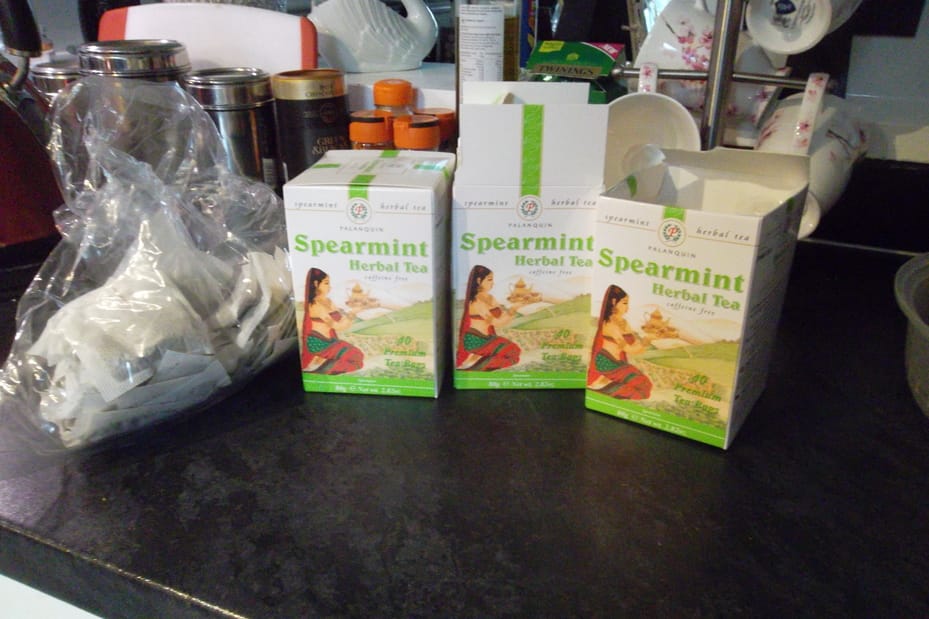
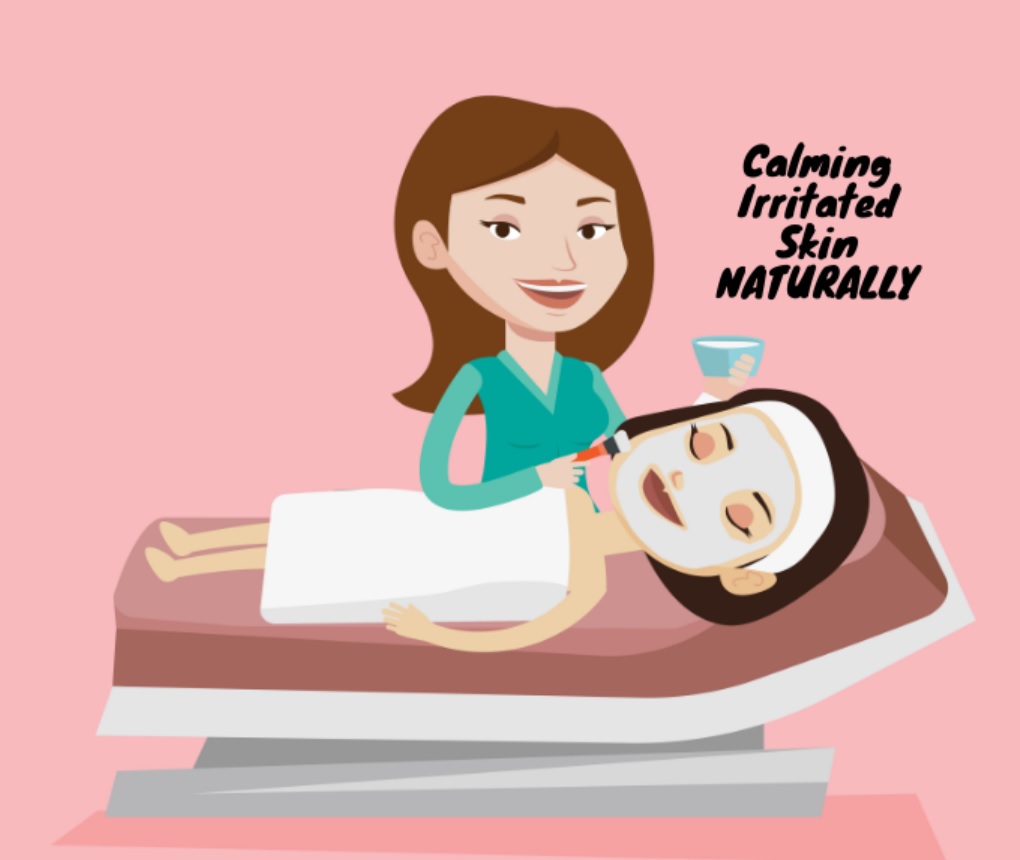
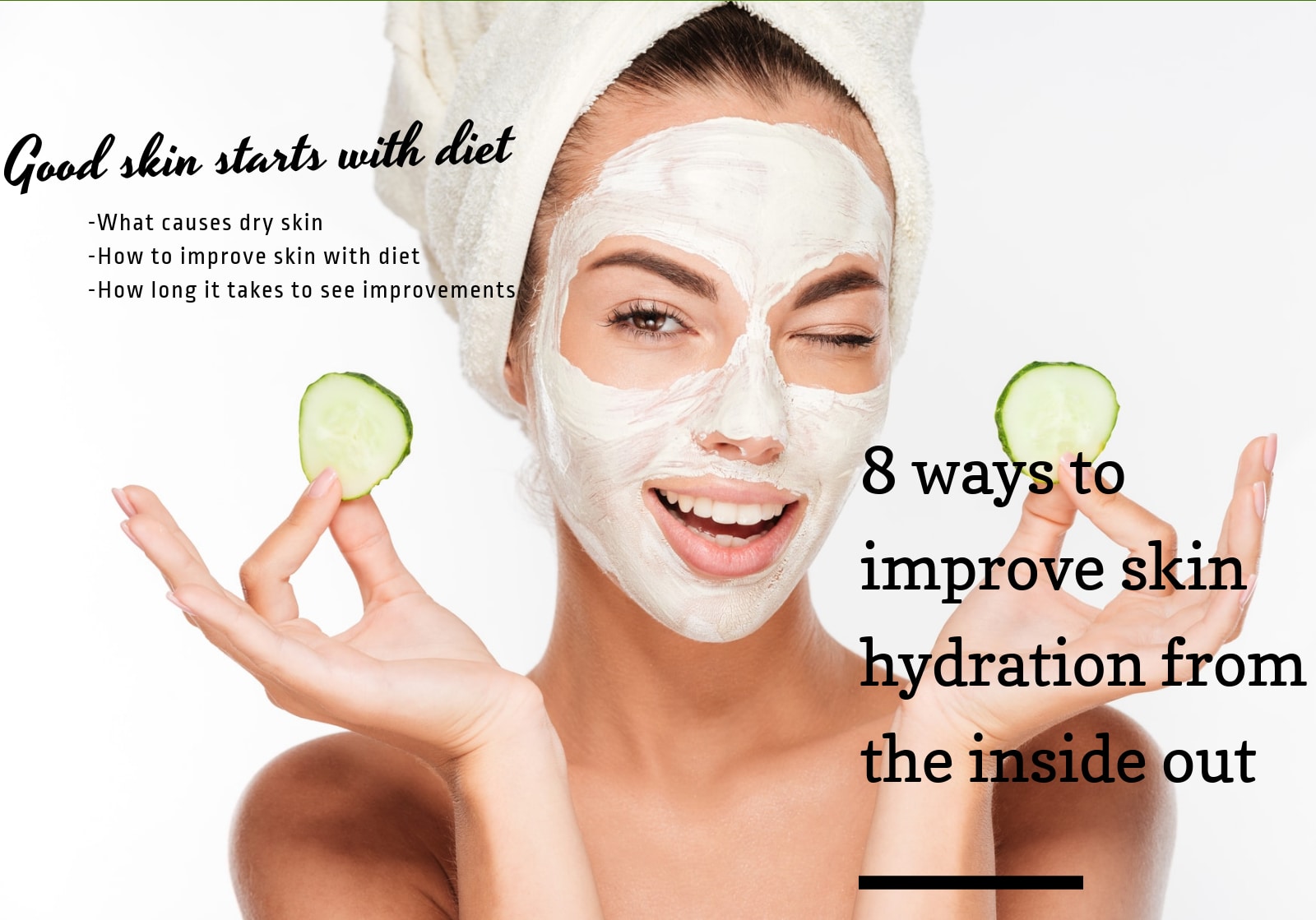
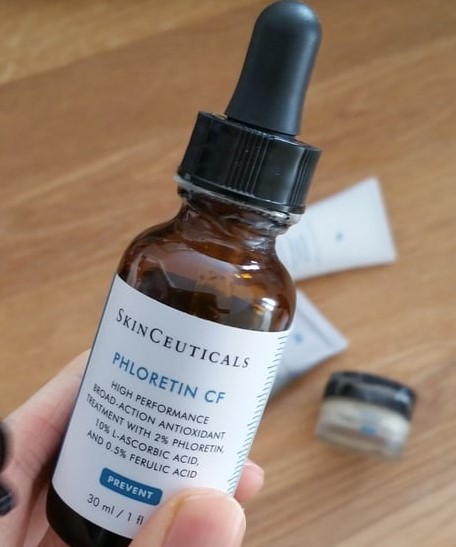
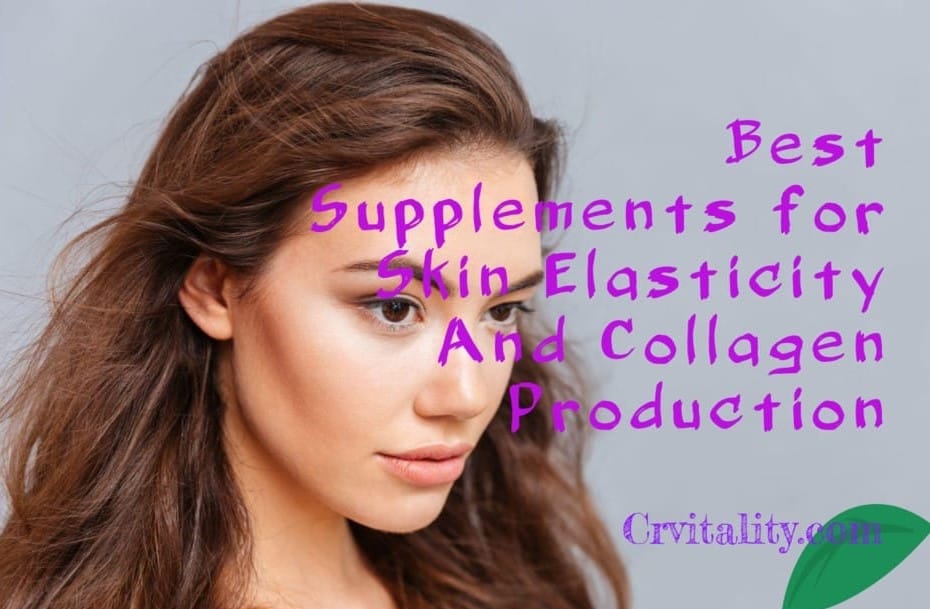
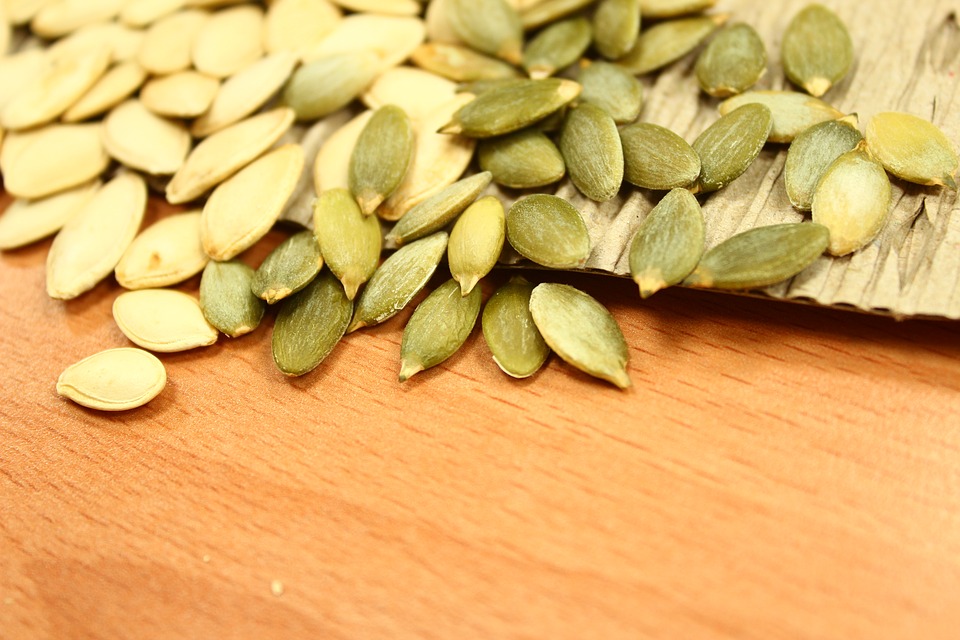
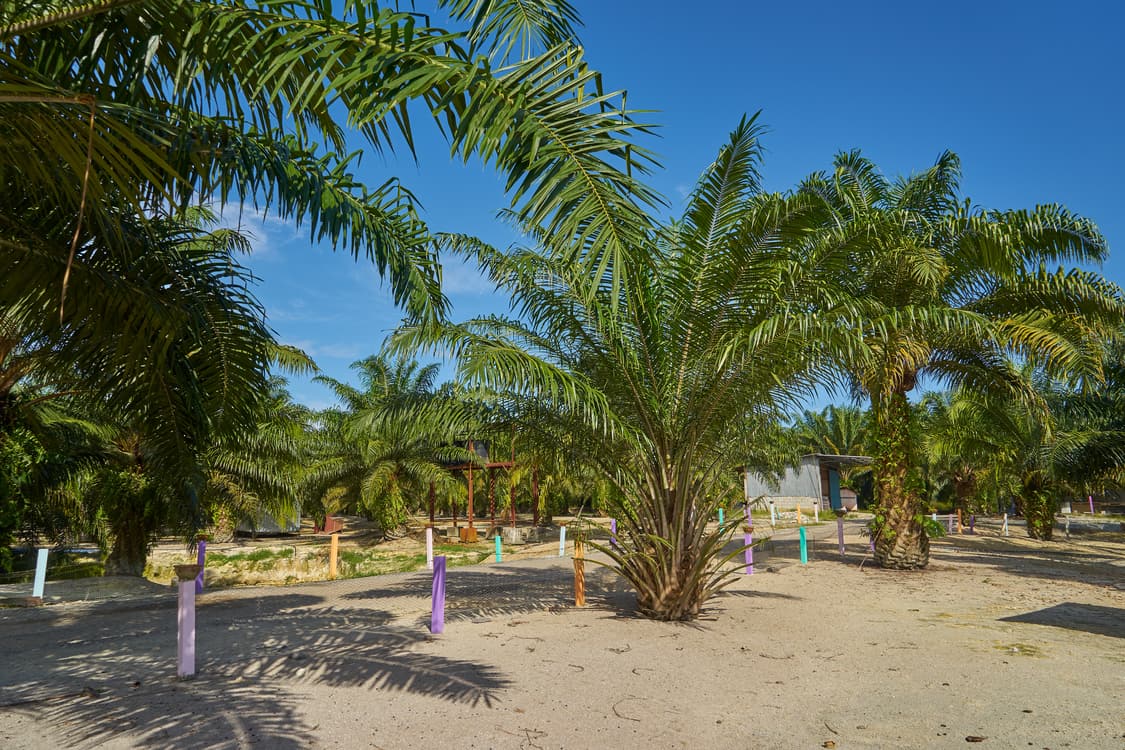

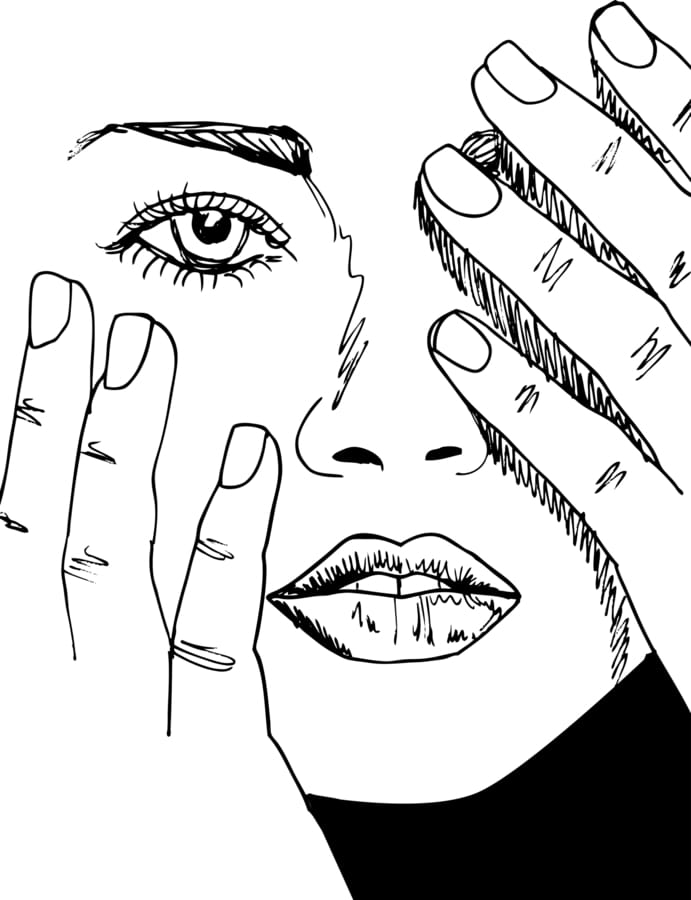
Good thing I am eating oats every day 😀
Loving you blogposts btw Mat!
ohh nice! Yeah, I love oatmeal. I like adding lots of different things in there such as nuts, fruits, cinnamon, chocolate etc..
And thanks, Ann! 🙂
Which skincare products contain beta-glucan?Which one you use?